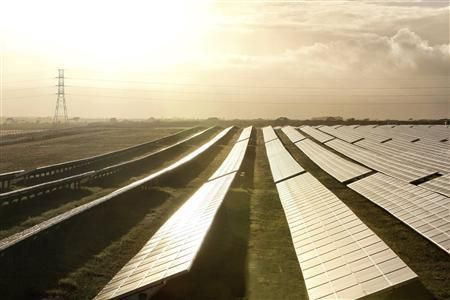Aussie researchers create "artificial leaf" that could potentially generate electricity

A team of scientists from the Monash University, Melbourne, claims to have created a solar-powered device that generates hydrogen fuel with greater efficiency than what was known earlier. The team is claiming a world record saying that their “artificial leaf” could generate electricity to run entire communities.
The solar-powered device created by the researchers use the fundamentals of photosynthesis, in which plants produce food or nutrients by using sunlight. During the process, water is split into oxygen and hydrogen. According to the lead researcher, Leone Spiccia, the method developed by the team is cheap, involves electrochemical splitting of water and could ultimately become a sustainable fuel for future use.
The Techie News reports that the device generates hydrogen with 22 percent efficiency, as compared to the earlier record of 18 percent. The resulting fuel generation is well above the 10 percent benchmark required for the technique to be stated as an “ultimate sustainable fuel.” The complete details of the study have been published in the journal Energy & Environmental Science.
According to Doug MacFarlane, the study co-author, the solar-powered device comprises of electrodes made up of nickel. While other similar systems use platinum, palladium or lead, the scientists restricted themselves to nickel since it is relatively inexpensive, common and benign.
MacFarlane further explained that the device is capable of storing excess solar energy, reports The Australian. It could be installed on the roof of the petrol stations or at homes, and could also power the increasing range of fuel-cell cars.
The researchers are firm that the commercial version of the device could be developed in less than two years. However, they are not sure whether a commercial market would be available for its purchase and installation.
Contact the writer at feedback@ibtimes.com.au, or let us know what you think below.





















